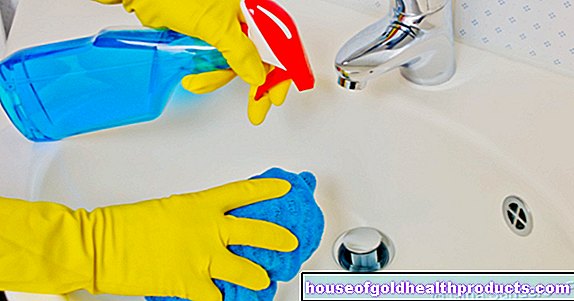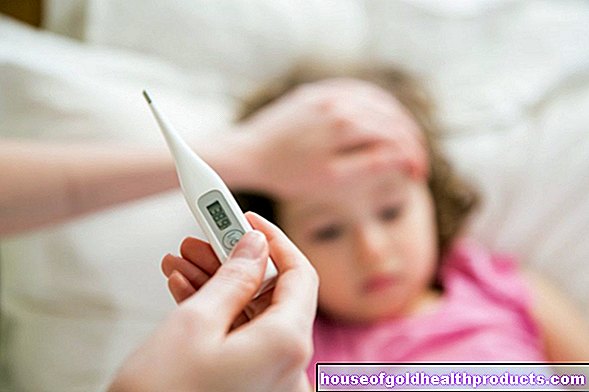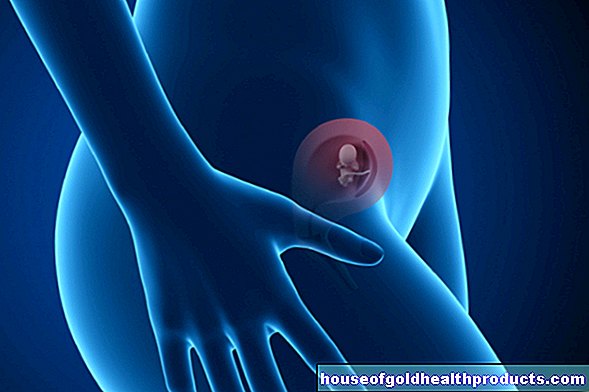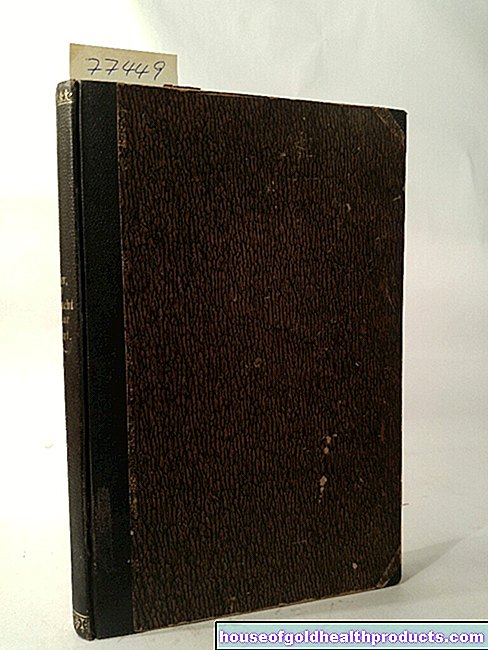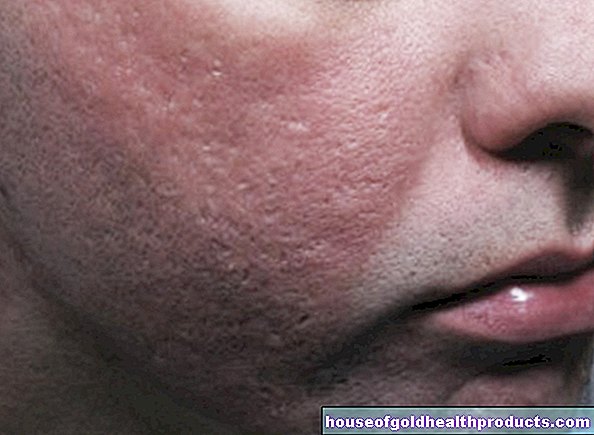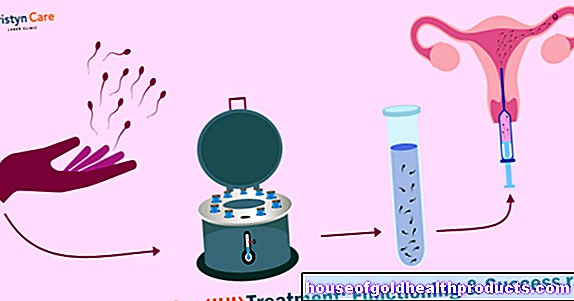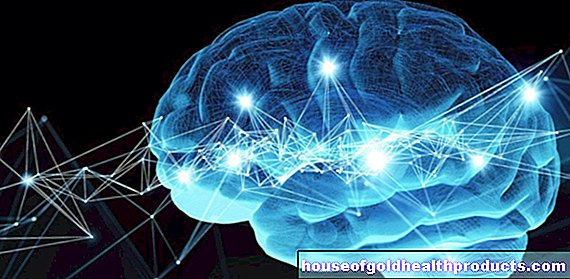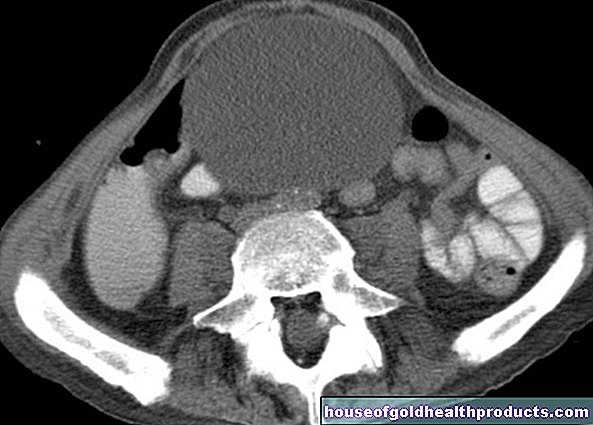Chatbots for Depression?
Dr. Andrea Bannert has been with since 2013. The doctor of biology and medicine editor initially carried out research in microbiology and is the team's expert on the tiny things: bacteria, viruses, molecules and genes. She also works as a freelancer for Bayerischer Rundfunk and various science magazines and writes fantasy novels and children's stories.
More about the experts All content is checked by medical journalists.Computer instead of couch: a digital therapist is supposed to help with anxiety and alleviate depressive symptoms. But can that work?
He looks out of round blue eyes and a symbolic heart beats on his body. “I want to capture a snapshot of your emotional life,” the cute yellow robot figure writes on Facebook Messenger. And: “The goal is to recognize patterns that we work through together.” Sounds promising.
Virtual suggestion box
The cute little fellow is called Woebot. It seems to have emerged directly from Pixar Animation Studios and is reminiscent of WALL · E. But it doesn't just look like a robot - Woebot is one too. The virtual suggestion box was invented and developed by scientists at Stanford University under psychologist Alison Darcy.
Woebot is one of the so-called chatbots. These are text-based dialog systems that are backed by large databases. This creates more or less intelligent dialogues. “I work with cognitive behavioral therapy,” Woebot explains to his counterpart. In this form of psychotherapy, unhealthy ways of thinking are questioned. For example, that you think you always have to be perfect. These should be replaced by realistic thought patterns. So Woebot should help with anxiety disorders or depressive moods.
Woebot in the scientific test
In a study, the scientists tested whether it really succeeds. 70 students between the ages of 18 and 28 took part. According to their own assessment, they often suffered from depressive moods or anxiety. They were randomly divided into two groups: Group one talked to Woebot for two weeks - an average of twelve times. Group two received an eBook on depression that provided guidance on self-diagnosis and self-therapy.
With the help of standardized questionnaires, the researchers checked after the test whether the subjects' symptoms of depression and anxiety had improved. The result: The Woebot beat the eBook. At least as far as depressive symptoms were concerned. These improved after the chat with the robot, while the eBook brought no relief. It looked a little different with the anxiety states - here not only Woebot, but also the book information brought a measurable success. “With Woebot, the test subjects felt less lonely, insecure or powerless,” the scientists write in their publication.
"Funny little guy"
Darcy and her colleagues suspect that the interaction with the Woebot stimulates an emotional and social feeling in the users. Previous studies had shown that people can perceive chatbots as human. This also fits, as the test persons described the Woebot afterwards: as “a buddy” or as a “funny little guy”.
Finding the courage to seek help
“On a scale from 1 to 5 - how much energy do you have today?” Asks the Woebot. He feels like a real conversation partner. With the difference that he's always there to listen - yes 24/7. Nevertheless, inventor Darcy emphasizes: "Woebot is not intended to replace psychiatrists or psychotherapists." The psychologist sees the digital helper more as a start-up therapy.
For some, it is initially easier to confide in a cute robot than a real person. With Woebot, those affected could find the courage to seek professional support with a mental disorder or depression.
Anyone can try the Woebot online - so far, however, only in English.
Link: www.facebook.com/drwoebot/
Tags: menshealth nourishment gpp
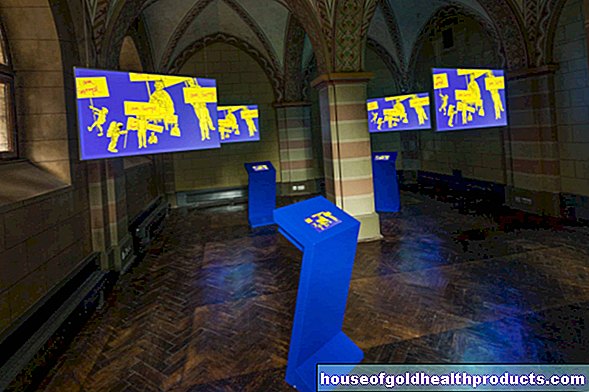
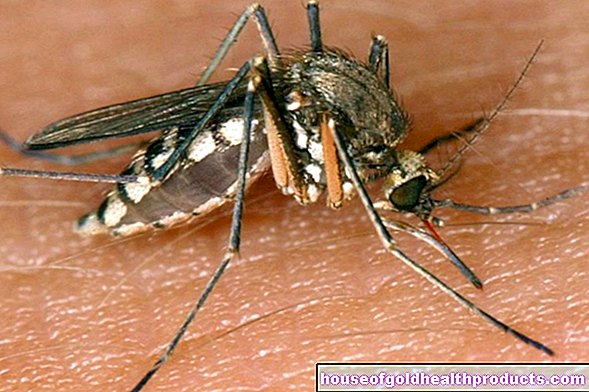
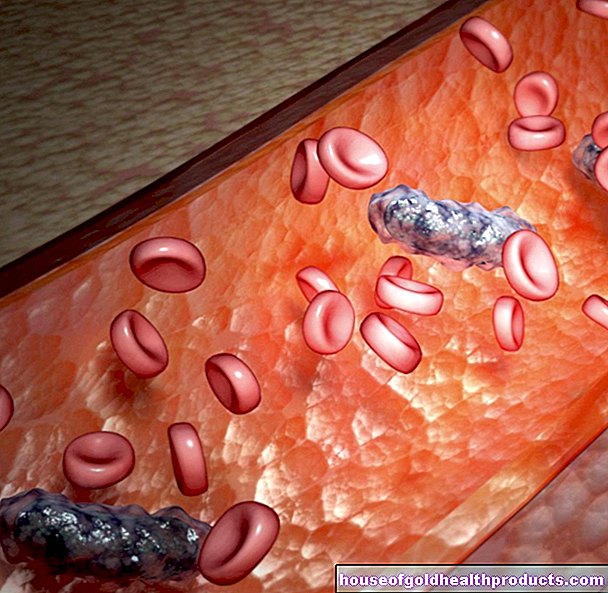


.jpg)
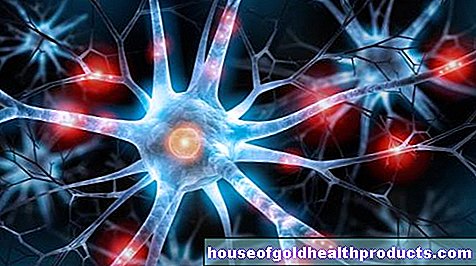

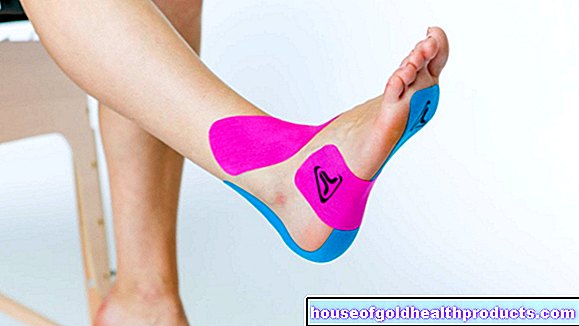
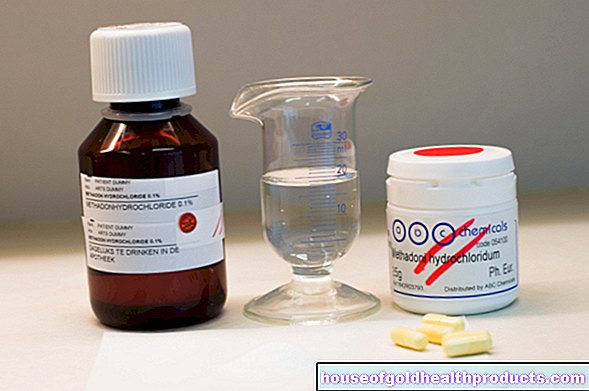

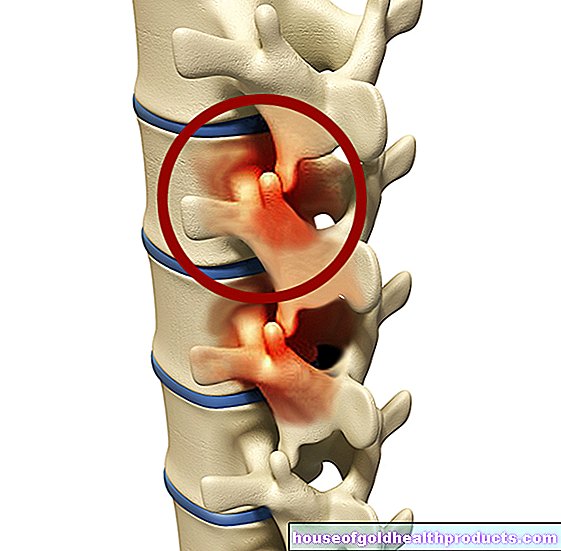


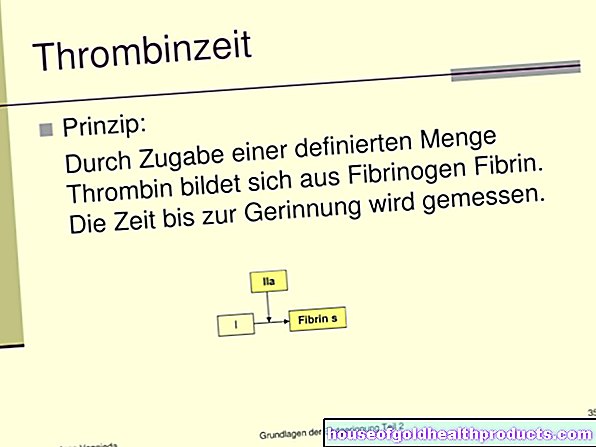
-bei-kindern.jpg)

